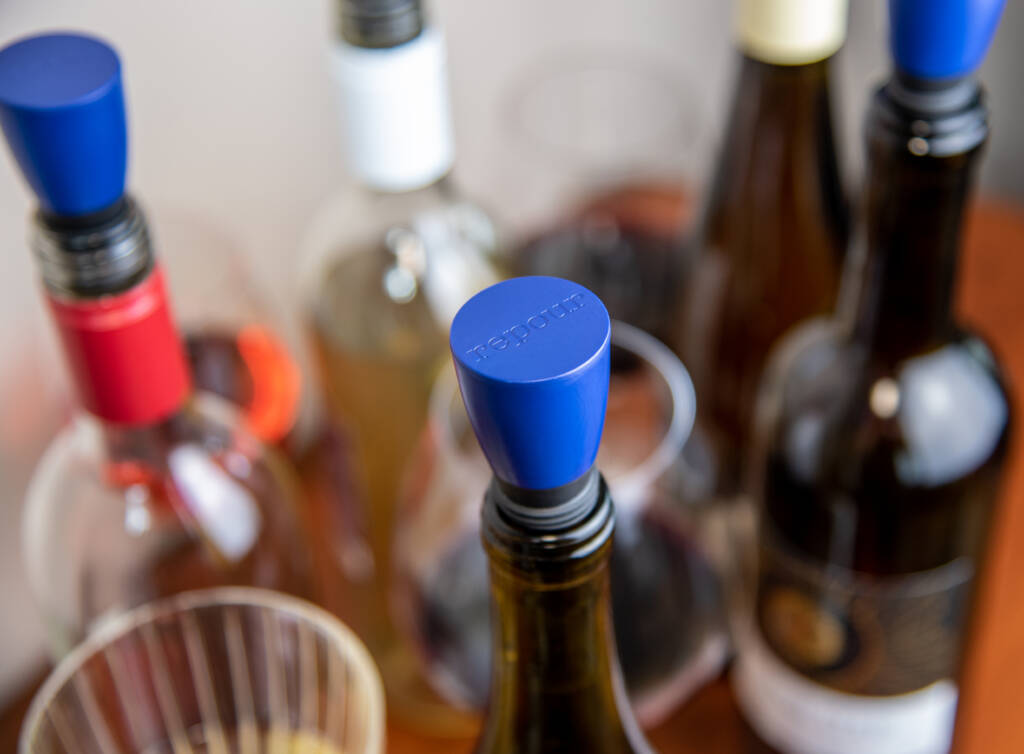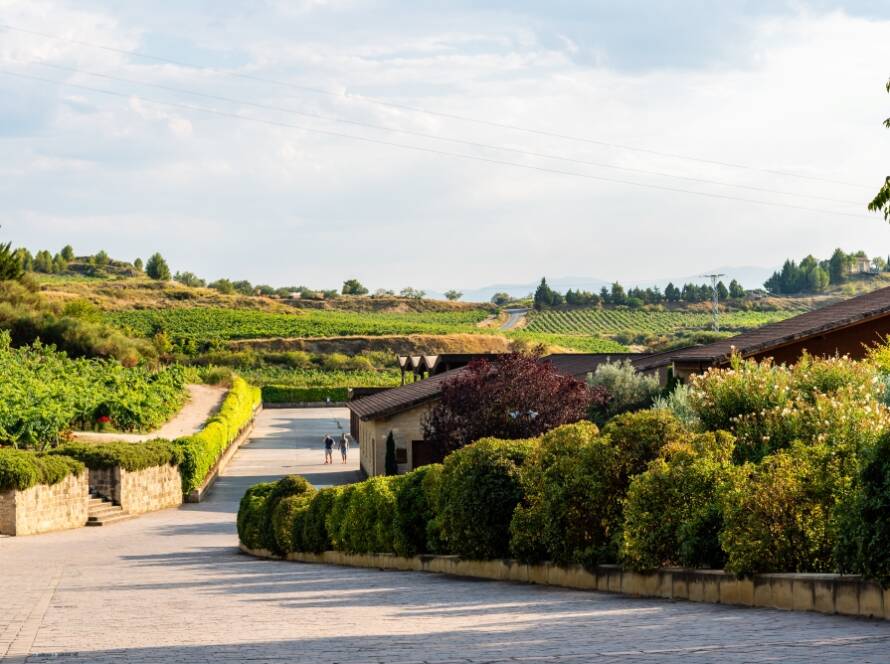Introduction
Wine, with its intricate flavors and aromas, is a beverage that deserves to be savored over time. For wine makers, restaurants, hotels, wine bars, wine distributors etc. preserving the quality of opened wine bottles is crucial to maintain their reputation in selling and serving impeccable wines to customers. Thankfully, a variety of wine preservation systems have been developed to ensure that the wine remains fresh, allowing wine lovers and enthusiasts to enjoy every sip without the fear of spoilage.
In this blog, we will delve into the world of wine preservation systems used by restaurants to prevent wine from going bad after opening.
Wine Closures
Wine closures are perhaps the most basic yet effective method of preserving an opened bottle of wine. They come in various forms, from traditional cork stoppers to more modern synthetic options. Cork stoppers have been used for centuries and are still popular due to their natural, breathable characteristics. However, they may not provide an airtight seal, which can result in gradual oxidation and spoilage over a shorter period of time. Synthetic stoppers, on the other hand, offer a tighter seal, reducing the wine’s exposure to air and extending its lifespan after opening, but the oxygen in the bottle is influence the quality and freshness of wine, inevitably.
The innovative and the highest quality closure wine preserving system was designed and patented by Dr. Tom Lutz, from USA. He created Repour more than 5 years ago; a closure that is easy to use, 100% effective and affordable. Repour preserves the freshness and quality of your wine for up to 2 months after the first opening of the still wine bottle, and all the wine professionals around the world who have used it so far, have confirmed its effectiveness and Repour has become their No. 1 choice.
Handheld Vacuum Pumps
Handheld vacuum pumps are commonly used in restaurants to remove air from the opened bottle before sealing it with a stopper. By reducing the air pressure within the bottle, these pumps help slow down the oxidation process that leads to the deterioration of the wine. While this method is relatively inexpensive and easy to use, it’s important to note that it may not be as effective as other more advanced preservation systems.
While a vacuum pump can slow the degradation of your wine, the best-case scenario is that it’s only good for 2 or 3 days at most. If you properly “pull” a vacuum on the bottle, it can also pull out the wine’s aromatics and flavors – which do not return.
Even if used correctly, it only creates up to a 75% vacuum, which still leaves a lot of oxygen in the bottle to cause damage.
Leakage of oxygen into the bottle is another consideration and some tests also show the seal on the vacuum can be completely broken within 12 hours.
Gas Injection & Needle Extraction Systems
Gas injection systems, such as nitrogen or argon, have gained popularity in the wine industry for their ability to preserve wine quality over a longer period. These inert gases create a protective layer above the wine, preventing the contact of oxygen that would otherwise cause oxidation. Nitrogen and argon are particularly favored because they are heavier than air, allowing them to effectively displace oxygen when introduced into the bottle.
The gas injection system has improved wine preservation, especially in high-end restaurants and wine bars. This device allows the wine to be poured without actually removing the cork and it uses a thin gentle needle to pierce the cork and extract the desired amount of wine, while simultaneously replacing the space left by the wine with inert argon gas. This means the remaining wine is never exposed to oxygen. But on another hand in such a system increased oxygen levels can occur as natural cork products have variability in their elasticity and ability to reseal. Multiple entries through a cork increases this risk. User variability can create small amounts of oxygen admission on needle entry as well.
Needles that are used are fragile and occasionally need replacement which add sustainable amounts of costs to wine this wine preservation system, so as ongoing cartridges and initial device itself.
Wine Dispensing Machines
For larger restaurants or wine-focused establishments, wine dispensing machines offer a convenient and efficient way to preserve and serve wines by the glass. These machines use advanced gas preservation methods to maintain the freshness of wines even when bottles are partially consumed. Some machines even allow for temperature control, ensuring that the wine is served at its ideal temperature.
Such a system is very efficient but it is very expensive, so only really high-end restaurants, hotels and wine bars can afford it.
Conclusion
Preserving the quality of opened wine bottles is a challenge that restaurants, hotels, wine bars etc. take seriously to offer their guests the best possible experience. With the range of wine preservation systems available today, from traditional stoppers, innovative closures like Repour to cutting-edge technologies and wine dispensing machines, restaurants have various tools at their disposal to ensure that wine remains fresh and flavorful, sip after sip. By employing these systems, both restaurateurs and wine enthusiasts can continue to enjoy the complexities and pleasures of wine long after the bottle has been open.



